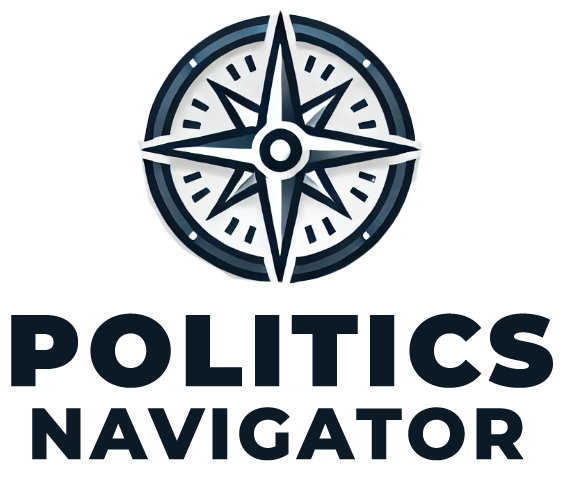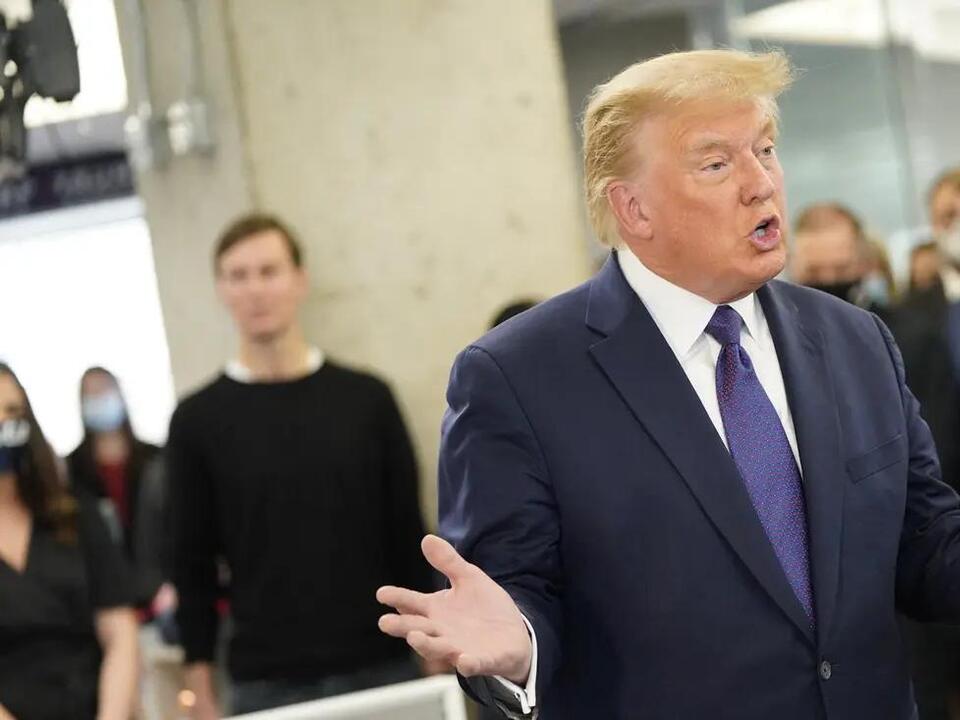In a revealing display of shifting political dynamics, President-elect Donald Trump’s first major attempt to flex his political muscle since winning the 2024 election has exposed unexpected limitations in his influence over congressional Republicans. The December 2024 government shutdown crisis offers crucial insights into the complex power dynamics that await Trump’s return to the White House.
The Shutdown Showdown: A Timeline of Events
Initial Disruption
- Trump, backed by Elon Musk, derailed a bipartisan funding agreement
- Demanded inclusion of debt ceiling increase in funding bill
- Faced immediate resistance from both parties
Failed Strategic Pivot
The president-elect’s attempt to salvage the situation through a modified proposal revealed several critical weaknesses:
- 38 Republicans defied Trump’s threats by voting against his endorsed legislation
- Democratic unity remained solid against debt ceiling modifications
- House leadership struggled to find a viable path forward
Key Lessons from the Crisis
1. Limited Party Control
Despite Trump’s status as president-elect and de facto party leader, his influence showed clear boundaries:
- Failed to maintain Republican unity on crucial votes
- Threats of primary challenges proved insufficient
- Traditional party leadership retained significant autonomous decision-making power
2. Coalition Building Challenges
The crisis highlighted the complexity of managing a narrow House majority:
- Republicans cannot consistently pass legislation without Democratic support
- Internal party divisions remain significant
- Compromise remains necessary despite party rhetoric
3. The Musk Factor
The involvement of Elon Musk demonstrated:
- Growing influence of business leaders in political processes
- Potential for external actors to impact legislative outcomes
- Limitations of even powerful allies in achieving legislative goals
Looking Ahead: Implications for 2025
Immediate Challenges
The incoming administration faces several hurdles:
- Managing a March 2025 funding deadline
- Navigating debt ceiling negotiations
- Implementing campaign promises with limited congressional control
Legislative Strategy
Trump’s team must recalibrate their approach to:
- Build broader coalitions
- Balance competing party interests
- Manage expectations for major policy initiatives
The Path Forward
Republican Strategy
GOP leaders must navigate:
- Promised spending cuts in mandatory programs
- Potential public backlash to benefit reductions
- Maintaining party unity while seeking necessary compromises
Democratic Position
The opposition maintains significant leverage:
- Essential votes for major legislation
- Strong unified stance on key issues
- Strategic advantage in budget negotiations
Analysis: Power Dynamics in the New Political Landscape
The shutdown crisis revealed a more complex political ecosystem than many anticipated:
- Trump’s influence remains significant but not absolute
- Congressional leadership retains substantial autonomy
- Bipartisan cooperation remains necessary despite polarization
- External influences can impact but not control legislative outcomes
The December 2024 shutdown crisis serves as a preview of the challenging political landscape awaiting Trump’s return to the presidency. While he and his allies can effectively block legislation, constructive governance requires broader coalition-building and compromise than his current approach has demonstrated.











